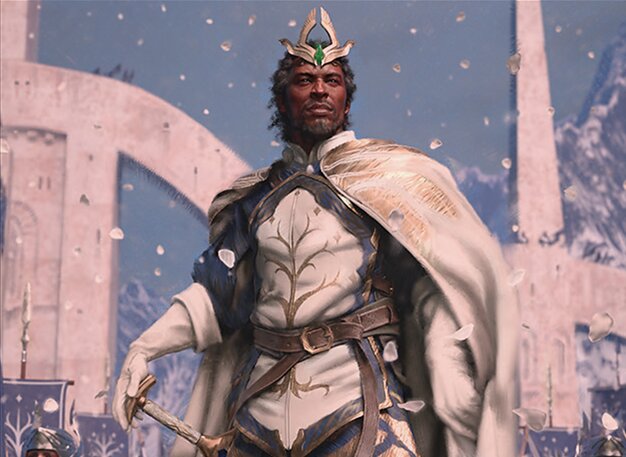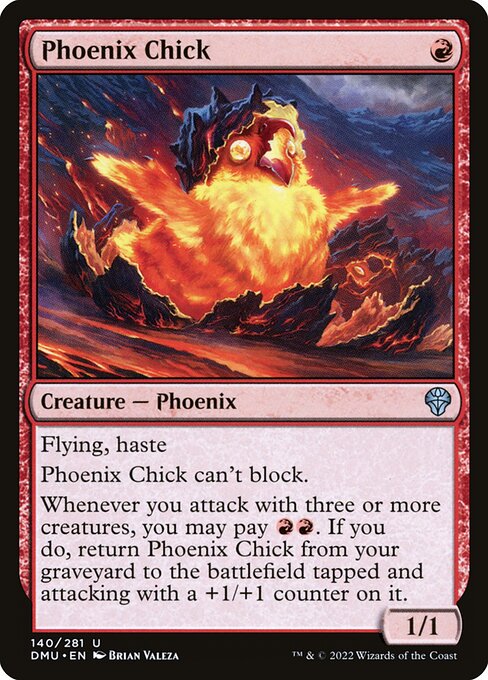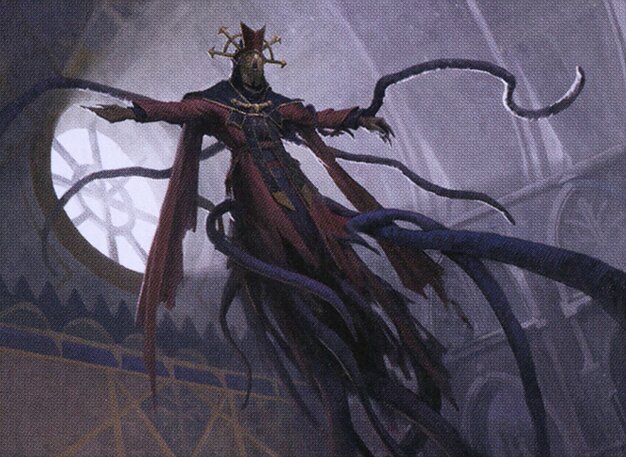Deck & Commander Strategies

Gut, True Soul Zealot
An aggressive Rakdos deck that uses sacrifice outlets and recurring creatures like Phoenix Chick to build a wide board and apply constant pressure, aiming to overwhelm opponents quickly.

Aragorn, King of Gondor
A tempo deck that leverages efficient creatures and spells to control the board and gain incremental advantage, focusing on timing and sequencing to disrupt aggressive threats.
Gameplay Insights
- 1
A pivotal judge ruling was required to resolve the timing interaction between Fledge's damage trigger and Dowi's sacrifice trigger, highlighting the importance of stack order in complex interactions.
- 2
Gut's ability to sacrifice tokens to Gut and recur creatures like Phoenix Chick created a persistent attacking threat that was difficult for Aragorn to handle.
- 3
Aragorn's tempo strategy was hampered by early missed land drops, which delayed critical plays and allowed Gut to maintain board dominance.
- 4
Blinking tokens to prevent blocking was used as a defensive tactic by Aragorn but could not fully stem the aggressive momentum from Gut's deck.
Notable Cards
-

Gut, True Soul Zealot
-

Aragorn, King of Gondor
-

Phoenix Chick
-

Fury
Gameplay Summary
The game featured a duel between Aragorn, King of Gondor's tempo-focused deck and a Rakdos Gut aggro deck centered around Gut, True Soul Zealot.
Early on, Aragorn suffered from missing land drops, complicating his ability to deploy his tempo plays efficiently, while Gut leveraged aggressive creatures and sacrifice outlets to quickly build a threatening board state.
A critical interaction arose involving the timing of damage and sacrifice triggers between Fledge and Dowi, which required a judge ruling to resolve correctly, illustrating the complexity of stack interactions in the game. Gut's deck aimed to maintain pressure through recurring creatures like Phoenix Chick and sacrifice synergies, using cards such as Fury to dominate combat.
Aragorn tried to stabilize with tempo plays and removal but struggled against the relentless aggression and board development from Gut.
Despite some blocking and blinking tactics to slow the assault, Aragorn remained on the back foot, facing lethal threats and multiple creatures on the battlefield.
Ultimately, the game showcased the fast-paced, aggressive nature of the Gut deck versus the reactive tempo strategy of Aragorn.































